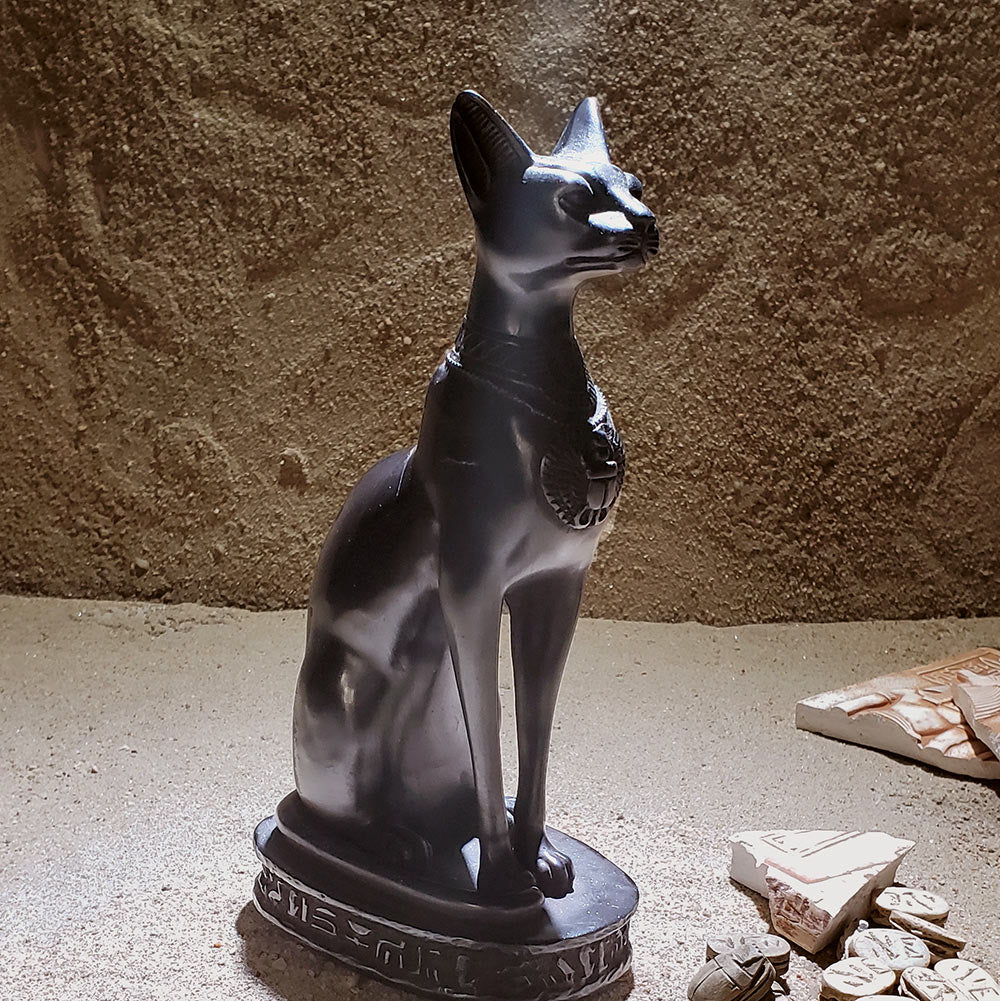Egyptian Ushabtis: Assistants to the deceased in the afterlife
Egyptian Travel: Exploring The Valley of the Kings
Egyptian Deity Bes: The Protector to Mothers & Children
Egyptian History: Insights into the Egyptian Judgment Scene
Egyptian Travel: The Tomb of Nefertari
Egyptian Artifact: The Narmer Palette
Egyptian Exhibits: The Museo Egizio - The Egyptian Museum in Torino















